Herbs are aromatic edible plants used in small amounts to add flavor to dishes.Most herbs are used for both culinary and medicinal uses and come from plants that may be used for their leaves, as herbs, and also for their seeds, as spices
1- Basil

Basil comes in many varieties. This is a strongly flavoured herb that tastes like a combination of licorice and cloves. Basil can be used in many dishes, including pasta sauces and pesto. Fresh basil has more flavour then dried. It is popular in Mediterranean cooking. Tomatoes and basil go great together as in this
2- Mint
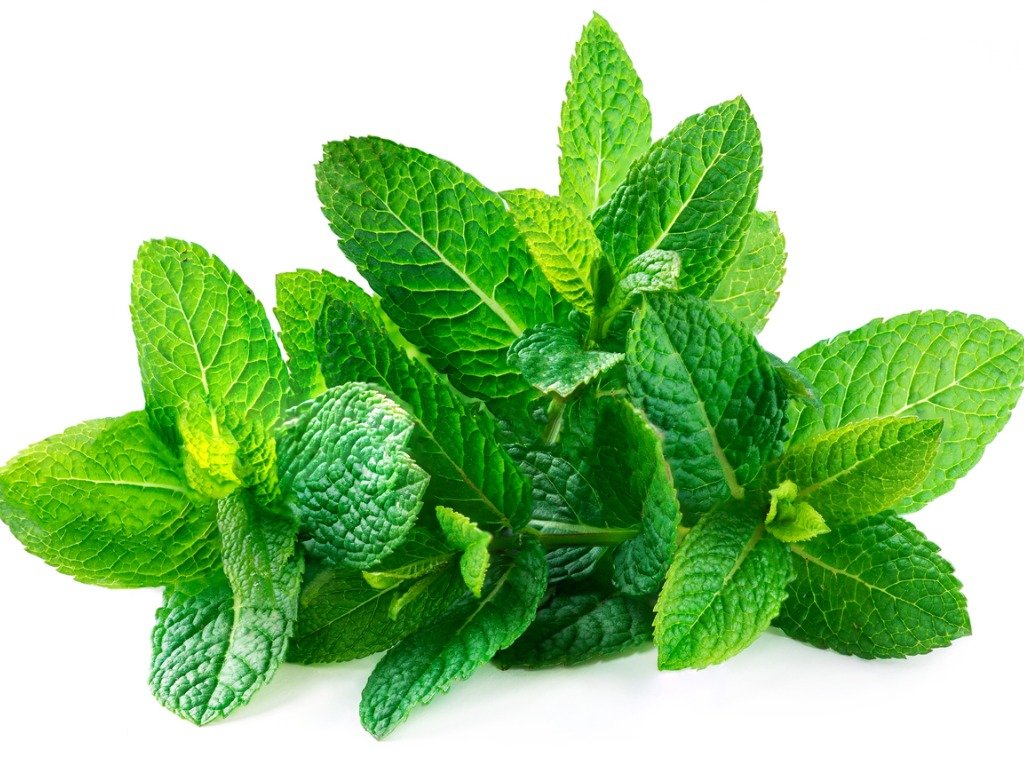
This perennial plant has a subtly sweet flavor and releases a distinct cooling sensation due to the menthol in the herb. Used for a variety of culinary and medicinal purposes, mint has tender, bright green leaves that are commonly used in beverages like mint tea and mint juleps, as well as dishes like Vietnamese pho and Thai stir-frys. While dried mint is used in tea making, fresh mint is the preferred culinary form of the herb.
3- Parsley

Parsley is a slightly peppery, fresh-flavoured herb used to season many different dishes, and is often used as a garnish. Look for flat leaf or Italian parsley, which provides more flavour than curly parsley. Dried parsley does not have the same intense flavour, so use fresh whenever possible. Parsley can also be a key ingredient in salads such as in this Chicken Bulgur Salad.
4- Cilantro/Coriander Leaf

Cilantro or coriander has a strong fragrance that is sometimes described as “soapy”. It goes well with spicy foods. Cilantro is used in salsas, stir-fries, like this Sweet Chili Tofu Stir-Fry, and curries. Cilantro does not cook well and should be added right before serving for best flavour. Coriander seeds are the dried fruit of the plant and are used a lot in Asian cooking.
5- Oregano
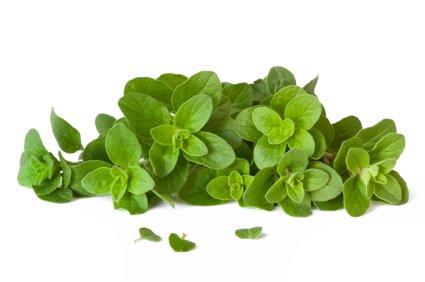
Oregano is also called wild marjoram because of its stronger, more pungent flavour and aroma. Dried oregano is a good substitute for fresh. Oregano goes well in tomato-based dishes, including pizza sauces, and meats. It also works well with the flavours of most vegetables. Try it in Mediterranean Zucchini and Eggplant.
6- Thyme

Thyme is used to flavour soups and stews, sauces, vegetables, meat, poultry and fish dishes and is often used in combination with other herbs like rosemary, parsley and oregano. It’s often used in French cooking. Because of its intense flavour, use in small amounts. Try it with this Minestrone Soup.
7- Tarragon

This hearty herb is known for its stronger flavor with bittersweet notes of anise, licorice, and chervil. With three common varieties—French tarragon, Mexican tarragon, and Russian tarragon—this herb is used in both fresh and dried form to flavor hearty meat dishes, as well as lighter egg and fish recipes. Used by the likes of ancient Roman soldiers to boost vitality, tarragon has a storied history as a healthful herb.
8- Bay leaf

Bay leaf provides a ‘woodsy’ flavour to sauces, stews, vegetables and grilled meats. Dried bay leaves can be commonly found in supermarkets and are less expensive than fresh. Add bay leaves early in the cooking process to draw out their flavour. Remove before serving. Add a bay leaf to this Curried Cream of Parsnip and Carrot Soup.
9- Rosemary

Rosemary has a strong flavour that tastes a little like lemon and pine. Rosemary leaves are often used with meats, tomato sauces, potatoes, soups, vegetables, fish and dressing. Both fresh and dried provide a strong flavour and aroma. Try it with this Pork Tenderloin with Cider Glazed Carrots.
10- Sage

Sage is a strong herb that is slightly bitter and has a musty mint taste and aroma. It’s often used in Mediterranean cooking. Sage is often combined with other strong herbs, and used to flavour pork, beef, poultry stuffing, and sausage. Dried sage can be used as good substitute for fresh, but only small amounts are needed because of its strong flavour.
11- Chervil
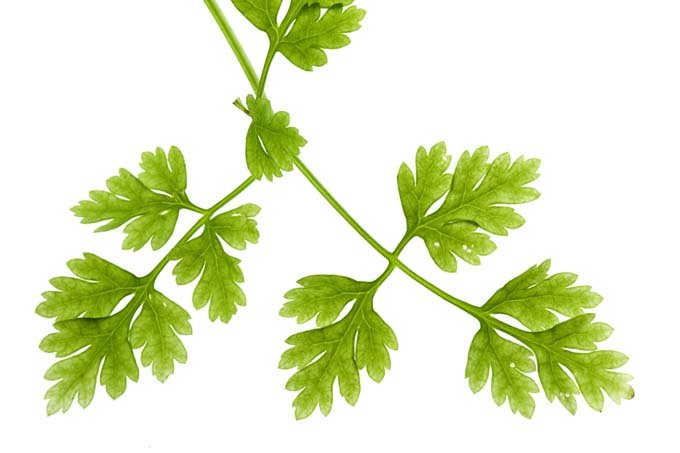
This delicate herb is a staple of French cuisine, known for its subtle anise-like flavor and delicate, curly leaves. One of the main ingredients in the classic herb blend fines herbes, chervil is typically used fresh and added at the end of cooking. Chervil is a common ingredient in the classic Bearnaise sauce made with an emulsification of butter and egg yolk with white wine vinegar, chervil, and tarragon.
12- Dill

Dill has a light, distinctive flavour that is used in salads, fish, egg, vegetables and meat dishes, sauces and dressings. Add dill at the end of cooking because it loses its flavour when heated. Use fresh dill when you can since dry dill has little flavour. Dill seed has a stronger flavour than the leaves, and should be used early in cooking so the heat can bring out the flavour. Add dill to Mustard Beet and Apple Salad.
13- Marjoram
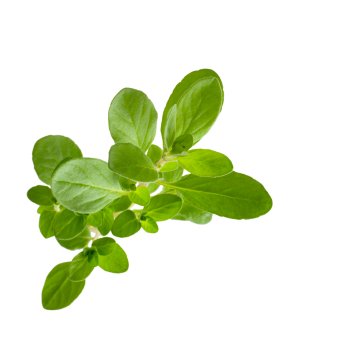
Marjoram is similar to oregano but is sweeter and milder. Marjoram goes well with meats such as pork, lamb and veal. Its flavour is best when added near the end of the cooking process. Try adding marjoram to this Ontario Winter Vegetable Soup.
14- Lavender

Grown as a condiment and for use in salads and dressings, lavender will give most dishes a slightly sweet flavor. Lavender syrup and dried lavender buds are used in the United States for making lavender scones and marshmallows. Health benefits include the soothing of insect bites and headaches when used with herbs and aromatherapy. Lavender plants will survive in many growing conditions but do best in full sun in warm, well-drained soil.This floral member of the mint family may be best known for its fragrance, used commonly in perfumery and potpourri, but is making a culinary comeback in dishes like lavender jam, lavender roasted red potatoes, and even lavender ice cream and shortbread cookies.
15- Chives

Chives are a member of the garlic family and can be the perfect complement to sour cream. Chives are mostly used for flavoring and are considered one of the “fine herbs” of French cuisine. Chives are native to Asia but have been used as an additive to food for almost 5,000 years. Chives work well with eggs, fish, potatoes, salads, shellfish, and soups. Chives are an excellent source of beta carotene and Vitamin C.
16- Lemongrass

Lemongrass has a sour-lemon flavour and fragrance. It is usually used to flavour teas and soups and is often found in Thai and Vietnamese cooking. To use lemongrass, cut off the top and bottom, remove the outer layers and the white base. Cut it in large pieces to remove it easily after a dish is cooked. Dried lemongrass is not a good substitute for fresh. Try it in Khao Tom.
17- Fennel
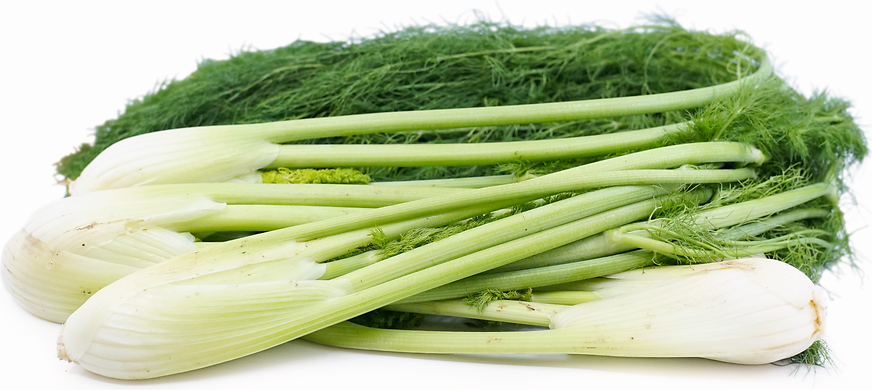
Fennel is very flavorful and aromatic, and along with anise is a primary ingredient in absinthe. Fennel is native to the Mediterranean region and does best in dry soils near the ocean or on river banks. The strongly flavored leaves of fennel are similar in shape to dill. The bulb can be sautéed or grilled, or eaten raw. Fennel bulbs are used for garnishes or sometimes added to salads
18- Chamomile

In the United States and Europe, chamomile is most often used as an ingredient in herbal tea. It is one of the world’s most widely consumed herbal teas. But it has also been used for thousands of years as a traditional medicine for settling stomachs and calming the nerves. Chamomile also helps reduce inflammation and treat fevers. You can grow either German chamomile or Roman chamomile. The two are interchangeable when it comes to making tea, but they are grown very differently. German chamomile is an annual plant that grows up to three feet tall. Roman chamomile is a perennial but only grows to about a foot high. German chamomile is more commonly known for its blossoms.
19- French Tarragon
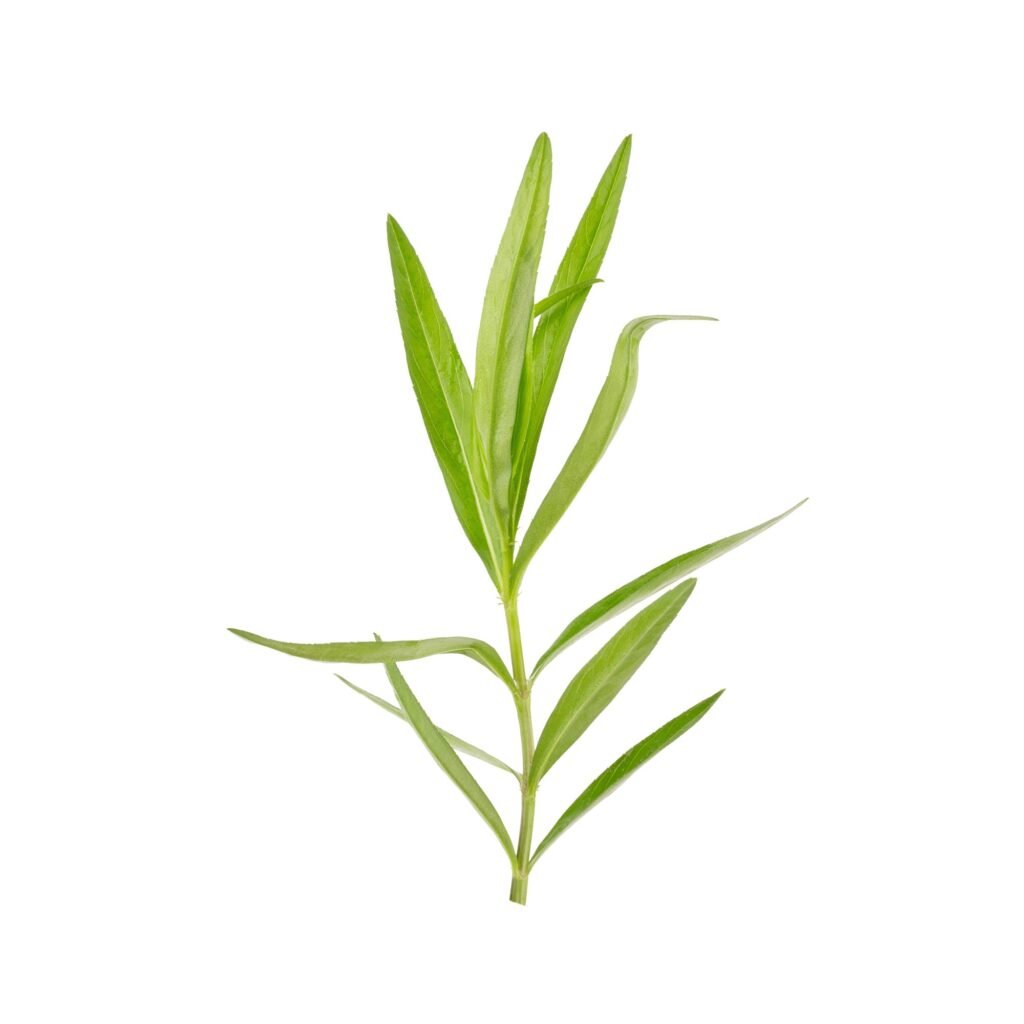
Fresh tarragon is the traditional ingredient of ‘Fines Herbes’ and is the aristocrat of fresh herbs. A must-have for any Culinary Herb Garden! It will transform an ordinary dish into a work of art with it’s spicy anise flavor. A little tarragon in a chicken salad makes a profound difference. It is wonderful in sauces, soups and meat dishes. Try it with vegetables. It is the choice for any hearty dish.
20- Catnip

What’s more fun than seeing the family cat go slightly berserk over the smell of catnip? But catnip is more than a feline stimulant. It can be used as a relaxing agent as well as a diuretic and laxative. If you plant catnip outside, remember that cats do love to roll in it and chew on it. But keeping catnip in your garden can also be a deterrent for rodents. If the cat’s around, the pests most likely won’t be
21- Culantro

Nope, I didn’t say cilantro, this is its cousin culantro. You can use this wherever ‘Cilantro’ is called for, with its spicy and pungent flavor, a wonderful addition to any dish, fresh or dried. Some call it ‘Mexican Corriander’ or ‘Chadon beni’. Culantro is a rare and unusual herb in the USA, but it’s well known in Vietnam, Latin American and all over the Caribbean.
22- Winter Savory
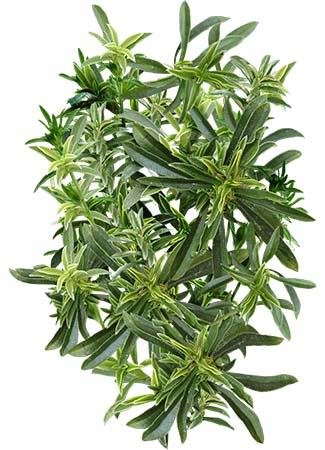
A deliciously spicy culinary herb, Winter Savory adds an aromatic flavor to many dishes. Also used medicinally for its antibacterial and anti-fungal properties. Winter Savory, like its Summer counterpart, is a spicy culinary herb from the Mint family that compliments fish, beans, and poultry with its intense flavor. Though it loses some of this intensity during the cooking process, Winter Savory remains aromatic and is often used to flavor liqueurs and makes a beautiful garnish to any salad.
23- Peppermint
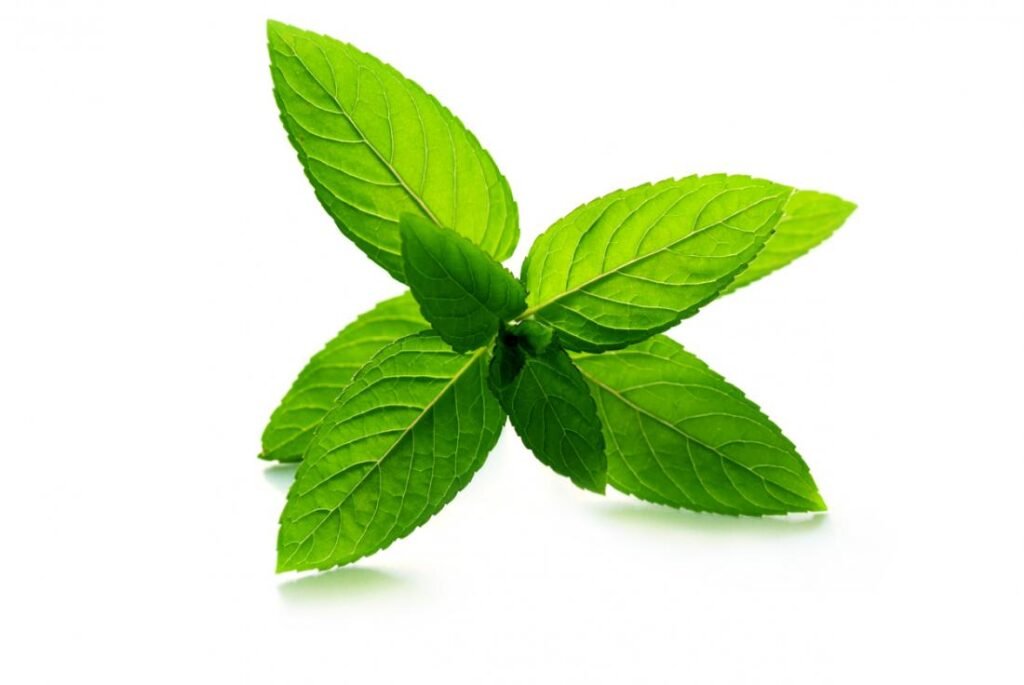
Like other mints, peppermint is known for aiding digestion and freshening the breath. But peppermint is also a good source of calcium, potassium and Vitamin B. Peppermint is a hybrid mint, being a cross between water mint and spearmint. Peppermint oil can be used for flavoring but is also useful as a natural pesticide. It has been shown to reduce the effects of irritable bowel syndrome. Peppermint prefers rich soil and partial shade. Like other mints, it spreads quickly, so consider planting it in containers.
24- Stevia
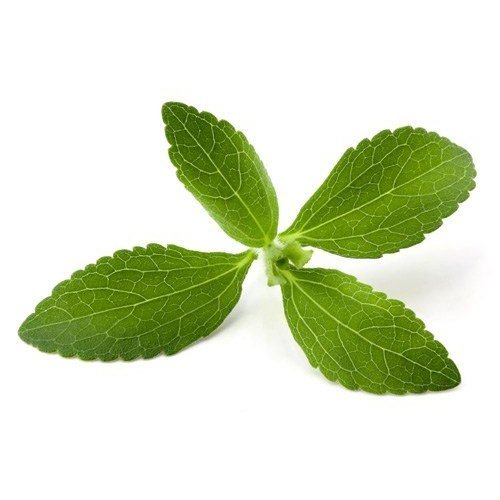
Stevia is an attractive looking plant and a natural sweetener. The added benefit is that there are no calories. Stevia is part of the sunflower family and is native to subtropical and tropical regions in the Western hemisphere. While it’s a perennial plant it will only survive in the milder climates in North America. Still, you can add stevia to your garden for the summer. It is also known as sweetleaf or sugarleaf and is grown for its sweet leaves. Stevia can be used as a natural sweetener and as a sugar substitute
25- Aloe Vera

Aloe Vera is known for its soothing properties for burns or skin problems. Many people keep an Aloe Vera plant handy in the kitchen for incidental burns. But taken orally, Aloe Vera will also help with digestion, circulation and weight loss. There are over 250 species of Aloes. Most of these are native to Africa. Aloe Vera plants are very succulent and are as much as 95% water. That means they are very sensitive to frost. In warm climates, they should be in full sun or light shade. But you may have more success with this plant by keeping it indoors in a sunny window.
Conclusion : There are many more herbs which are not listed above but those are using in kitchen. There are many herbs that you can grow to enhance your cooking.

